Home>Furniture & Design>Interior Design Trends>What Can I Use To Cut Glass
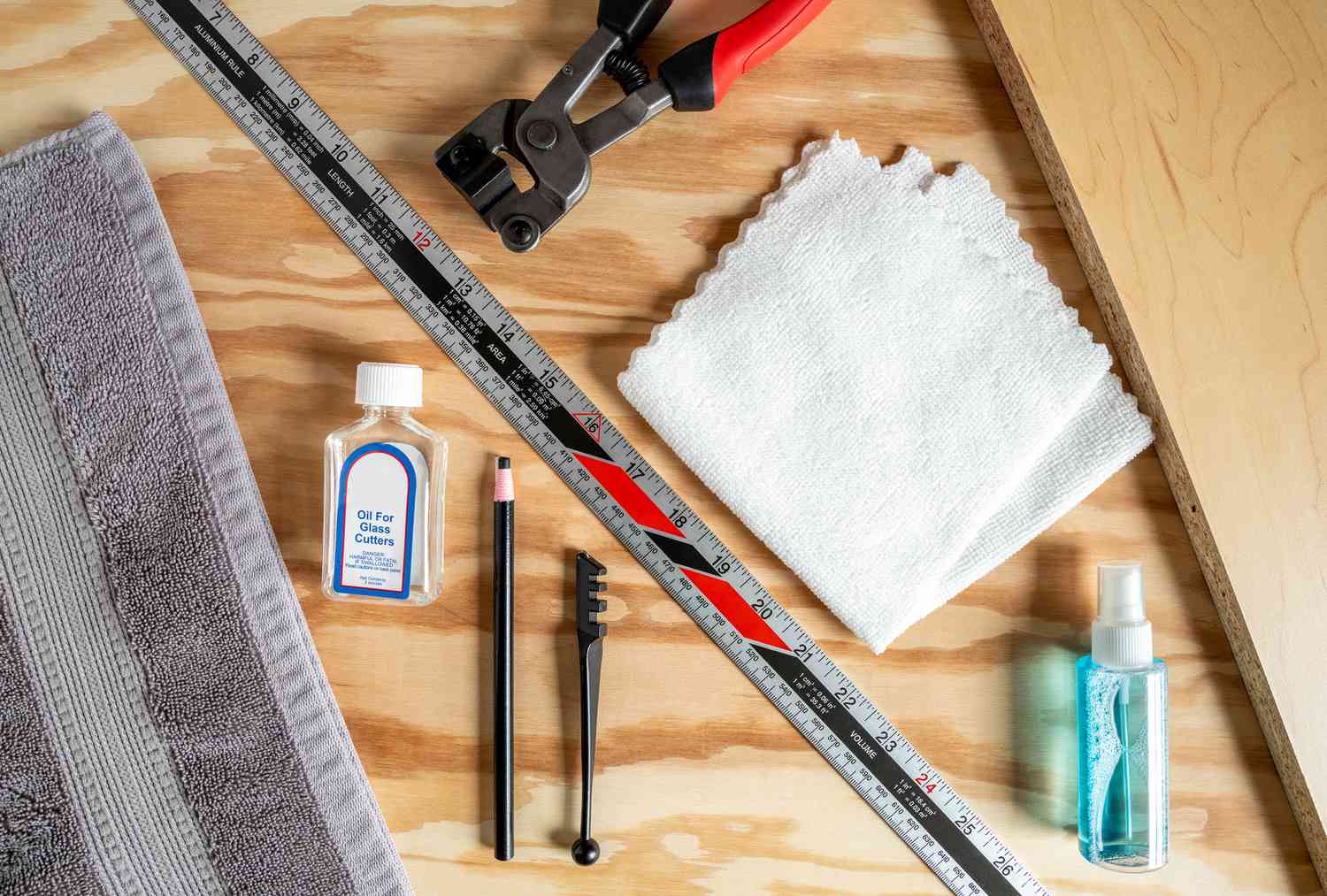

Interior Design Trends
What Can I Use To Cut Glass
Modified: February 18, 2024
Discover the latest interior design trends and learn what tools you can use to cut glass for your next project. Explore innovative techniques and expert tips.
(Many of the links in this article redirect to a specific reviewed product. Your purchase of these products through affiliate links helps to generate commission for Storables.com, at no extra cost. Learn more)
Glass Cutting Tools
When it comes to cutting glass, having the right tools can make all the difference. Whether you're a seasoned artisan or a DIY enthusiast, having the appropriate glass cutting tools is essential for achieving precise and clean cuts. Here are some of the most commonly used glass cutting tools:
-
Glass Cutter: This is the quintessential tool for cutting glass. It features a small, hardened steel wheel that scores the surface of the glass, creating a weak line that can be cleanly broken. Glass cutters come in various designs, including handheld and pistol-grip styles, and are available with different wheel angles to accommodate various glass thicknesses.
-
Glass Cutting Oil: While not a cutting tool per se, glass cutting oil is an indispensable companion to a glass cutter. It lubricates the wheel, reduces friction, and helps to dissipate heat, resulting in smoother and more precise cuts. Using cutting oil also prolongs the life of the cutting wheel.
-
Glass Breaking Pliers: After scoring the glass with a cutter, breaking pliers are used to apply pressure along the scored line, facilitating a clean break. These pliers are designed to exert even pressure across the glass, minimizing the risk of uneven or jagged edges.
-
Glass Cutting Bandsaw: For more intricate and complex cuts, a glass cutting bandsaw can be a valuable tool. This specialized bandsaw is equipped with a fine diamond blade that can cut through glass with precision, making it ideal for creating curved or irregular shapes.
-
Glass Cutting Diamond Router Bit: When working with thicker glass or needing to create detailed edges, a glass cutting diamond router bit can be employed. This tool attaches to a rotary tool and uses a diamond-coated tip to grind and shape the glass, allowing for intricate designs and beveled edges.
Having the right glass cutting tools is crucial for achieving professional-looking results and ensuring safety during glass cutting projects. Whether you're working on a small DIY project or a larger-scale endeavor, investing in quality glass cutting tools can make the process smoother and more enjoyable.
Key Takeaways:
- Glass cutting tools are essential for achieving precise and clean cuts. From glass cutters to breaking pliers, having the right tools is crucial for professional-looking results and safety during glass cutting projects.
- Prioritizing safety is crucial when cutting glass. Wearing protective gear, preparing the workspace, and proper tool maintenance are key to creating a secure and controlled environment for glass cutting activities.
Read more: Where Can I Get Glass Cut
Common Household Items for Cutting Glass
Cutting glass doesn't always require specialized tools; in fact, there are several common household items that can be repurposed for cutting glass in a pinch. While these makeshift tools may not offer the precision and ease of use that professional glass cutting tools provide, they can be effective for simple and small-scale glass cutting projects. Here are some common household items that can be used for cutting glass:
-
Scissors: Surprisingly, a pair of sturdy scissors can be used to cut thin and flat glass. While this method may not produce perfectly straight cuts, it can be effective for small, straightforward cuts on thin glass sheets. It's important to note that using scissors to cut glass can dull the blades, so it's advisable to reserve a pair specifically for this purpose.
-
File: A metal file with a fine grit can be utilized to smooth and shape the edges of glass after it has been scored and broken. While a file is not suitable for cutting glass, it can be handy for refining the edges of glass pieces, especially when working with small glass tiles or craft projects.
-
Wire Hanger: In situations where a glass cutter is not available, a simple wire hanger can be fashioned into a makeshift glass cutter. By heating the wire with a flame until it becomes red-hot, it can be used to score the surface of the glass, creating a weak line for breaking. This method requires caution and precision, as the heated wire can cause burns and the glass may not break as cleanly as with a professional glass cutter.
-
String and Acetone: For those seeking an unconventional method, a piece of string soaked in acetone (nail polish remover) can be wrapped around a glass bottle or jar at the desired cutting point. After igniting the string, the intense heat weakens the glass, allowing it to be separated at the scored line. This technique, known as "hot wire cutting," requires careful handling and should only be attempted with appropriate safety measures in place.
While these household items can serve as makeshift glass cutting tools, it's important to approach their use with caution and recognize their limitations. For more precise and professional results, investing in purpose-built glass cutting tools is recommended. However, in situations where specialized tools are not available, these household items can offer viable alternatives for simple glass cutting tasks.
Professional Glass Cutting Tools
When it comes to achieving precise and high-quality glass cuts, professional glass cutting tools are indispensable. These purpose-built tools are designed to provide accuracy, efficiency, and safety, making them essential for both artisanal and industrial glass cutting applications.
One of the most fundamental and widely used tools in professional glass cutting is the glass cutter. Available in various designs, including handheld and pistol-grip styles, glass cutters feature a small, hardened steel wheel that scores the surface of the glass, creating a weak line that facilitates clean breaking. The versatility of glass cutters is further enhanced by the availability of different wheel angles to accommodate various glass thicknesses, ensuring consistent and reliable performance across a range of glass materials.
In conjunction with glass cutters, the use of glass cutting oil is paramount in professional glass cutting endeavors. This specialized lubricant serves to reduce friction, dissipate heat, and prolong the life of the cutting wheel, resulting in smoother and more precise cuts. By effectively lubricating the cutting wheel, glass cutting oil minimizes the risk of chipping or cracking during the cutting process, thereby contributing to the overall quality of the finished glass cuts.
For breaking the scored glass along the predetermined lines, glass breaking pliers are essential professional tools. These pliers are designed to exert even pressure across the glass, ensuring a clean break without the risk of uneven or jagged edges. Their ergonomic design and precise application of force make them indispensable for achieving smooth and accurate breaks, particularly in intricate glass cutting projects.
In addition to handheld tools, professional glass cutting is facilitated by specialized machinery such as glass cutting bandsaws. These precision instruments are equipped with fine diamond blades that can cut through glass with exceptional accuracy, making them ideal for creating curved or irregular shapes. The ability of glass cutting bandsaws to deliver intricate cuts with minimal material wastage and superior edge quality makes them invaluable in industrial and large-scale glass cutting operations.
Furthermore, for intricate designs and beveled edges, professional glass cutting tools include glass cutting diamond router bits. These attachments for rotary tools utilize diamond-coated tips to grind and shape the glass, enabling the creation of detailed edges and complex designs with precision and finesse. Their versatility and ability to work with thicker glass make them indispensable for achieving sophisticated glass cutting outcomes.
In summary, professional glass cutting tools are essential for achieving precise, high-quality cuts in a variety of glass cutting applications. From handheld glass cutters and cutting oil to specialized machinery and diamond-coated router bits, these tools are designed to enhance efficiency, accuracy, and safety in glass cutting projects, making them indispensable for artisans, craftsmen, and industrial operators alike.
Safety Precautions for Cutting Glass
When engaging in glass cutting activities, prioritizing safety is paramount to prevent accidents and injuries. The sharp and fragile nature of glass, combined with the use of cutting tools, necessitates adherence to strict safety precautions. By implementing the following measures, individuals can mitigate risks and ensure a safe and secure glass cutting environment.
Personal Protective Equipment (PPE)
Wearing appropriate personal protective equipment is crucial when cutting glass. Safety goggles or glasses provide essential eye protection, shielding the eyes from glass shards, splinters, and abrasive particles generated during the cutting process. Additionally, protective gloves offer hand protection, reducing the risk of cuts and abrasions while handling glass and cutting tools.
Read more: What Can I Use For Insulation
Workspace Preparation
Before commencing any glass cutting task, it is essential to prepare a suitable workspace. Clearing the area of clutter and ensuring adequate lighting can enhance visibility and minimize the likelihood of accidents. Furthermore, placing a durable, non-slip mat or surface beneath the glass cutting area can prevent slippage and provide a stable working platform.
Proper Handling and Storage
Proper handling and storage of glass sheets and cutting tools are critical for maintaining a safe environment. When transporting or maneuvering glass, it is important to use appropriate lifting techniques and handle the material with care to avoid breakage and injuries. Additionally, storing glass sheets in a secure and organized manner can prevent accidental breakage and minimize the risk of mishaps in the workspace.
Tool Maintenance and Inspection
Regular maintenance and inspection of glass cutting tools are essential for ensuring their safe and effective operation. Keeping cutting tools sharp and in good condition reduces the likelihood of slippage and uneven cuts, thereby enhancing safety during glass cutting activities. Inspecting tools for any signs of wear, damage, or malfunction is imperative to prevent accidents and maintain optimal cutting performance.
Safe Handling of Waste and By-Products
Proper disposal of glass waste and by-products is an important aspect of safety in glass cutting. Broken glass shards and leftover materials should be carefully collected and disposed of in designated containers to prevent injuries from sharp edges. Implementing safe waste management practices contributes to a clean and hazard-free workspace.
Read more: What Is Cut Glass
Training and Knowledge
Acquiring adequate training and knowledge in glass cutting techniques and safety protocols is essential for individuals involved in glass cutting activities. Understanding the correct use of cutting tools, the properties of different types of glass, and the appropriate safety measures enables practitioners to execute glass cutting tasks with confidence and caution.
By adhering to these safety precautions, individuals can create a secure and controlled environment for glass cutting activities, minimizing the risk of accidents and promoting a safe and productive workspace. Prioritizing safety not only safeguards individuals from potential harm but also contributes to the overall quality and efficiency of glass cutting endeavors.
Frequently Asked Questions about What Can I Use To Cut Glass
Was this page helpful?
At Storables.com, we guarantee accurate and reliable information. Our content, validated by Expert Board Contributors, is crafted following stringent Editorial Policies. We're committed to providing you with well-researched, expert-backed insights for all your informational needs.
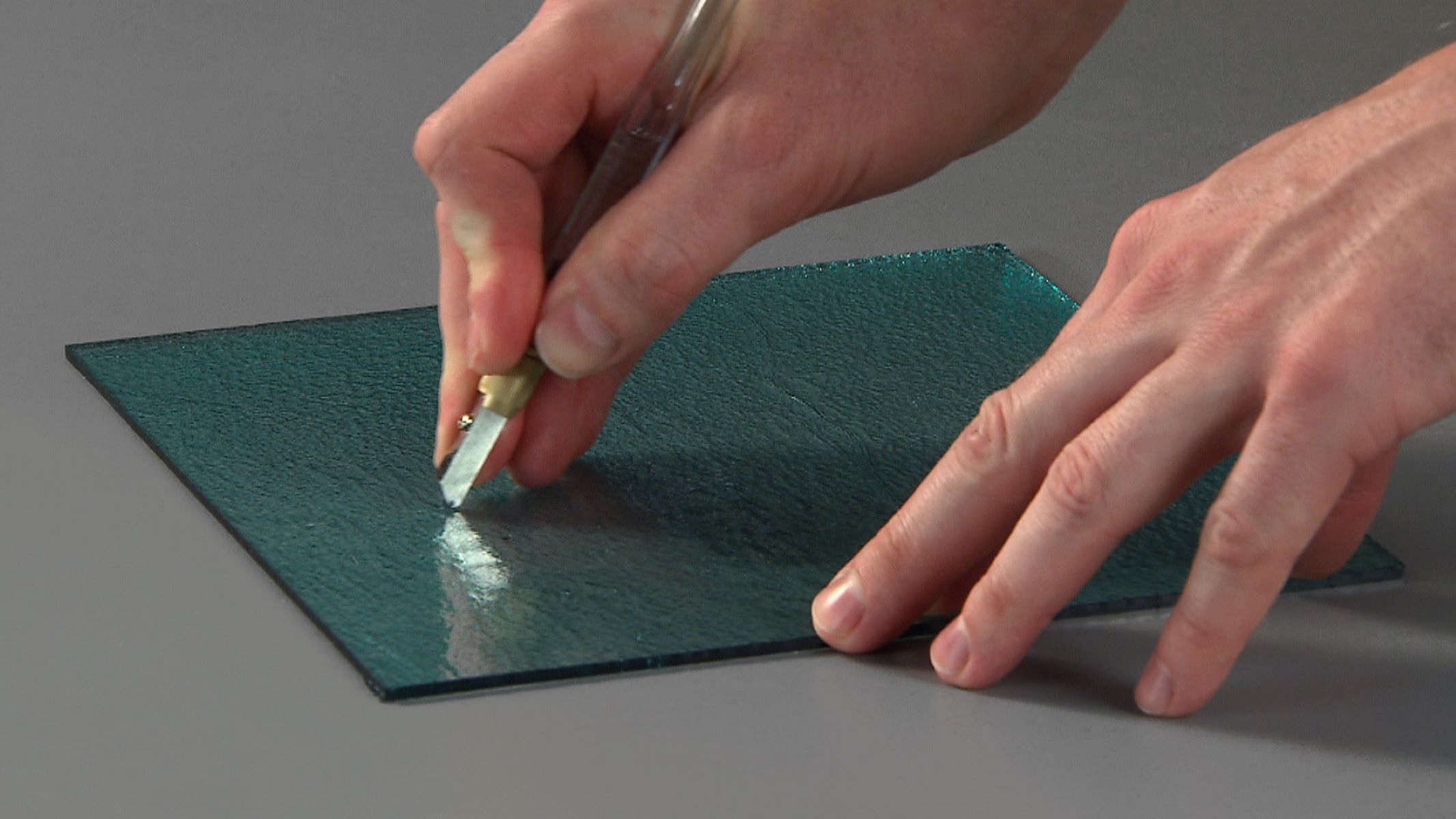
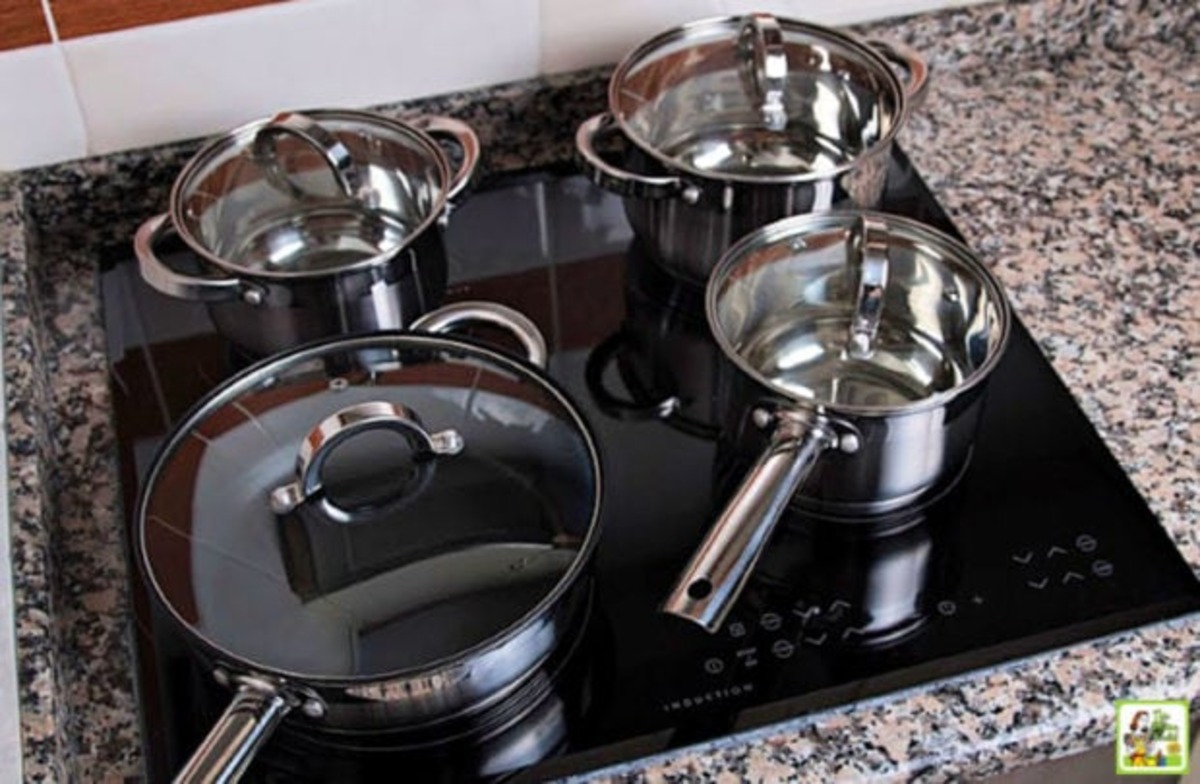

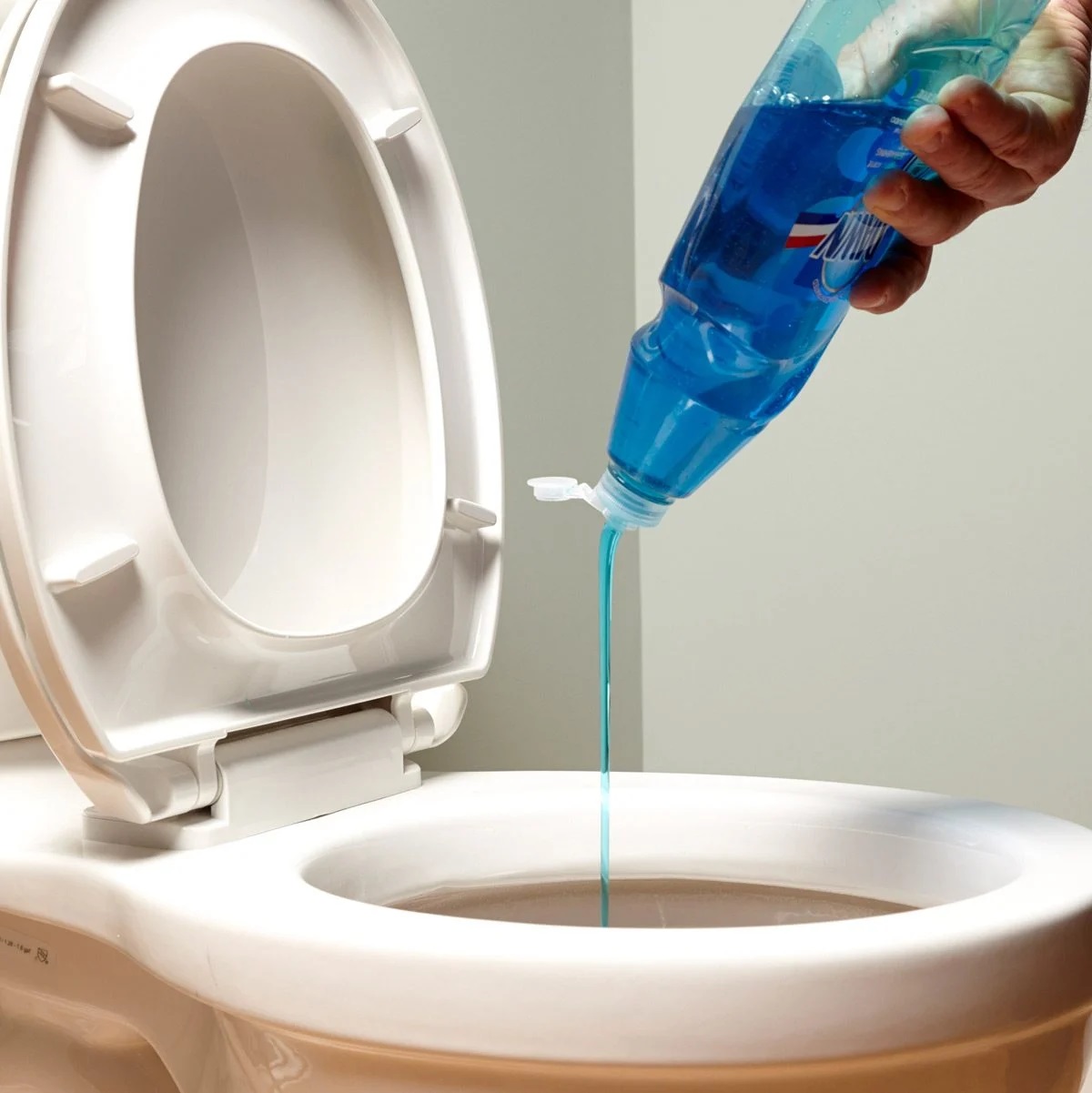
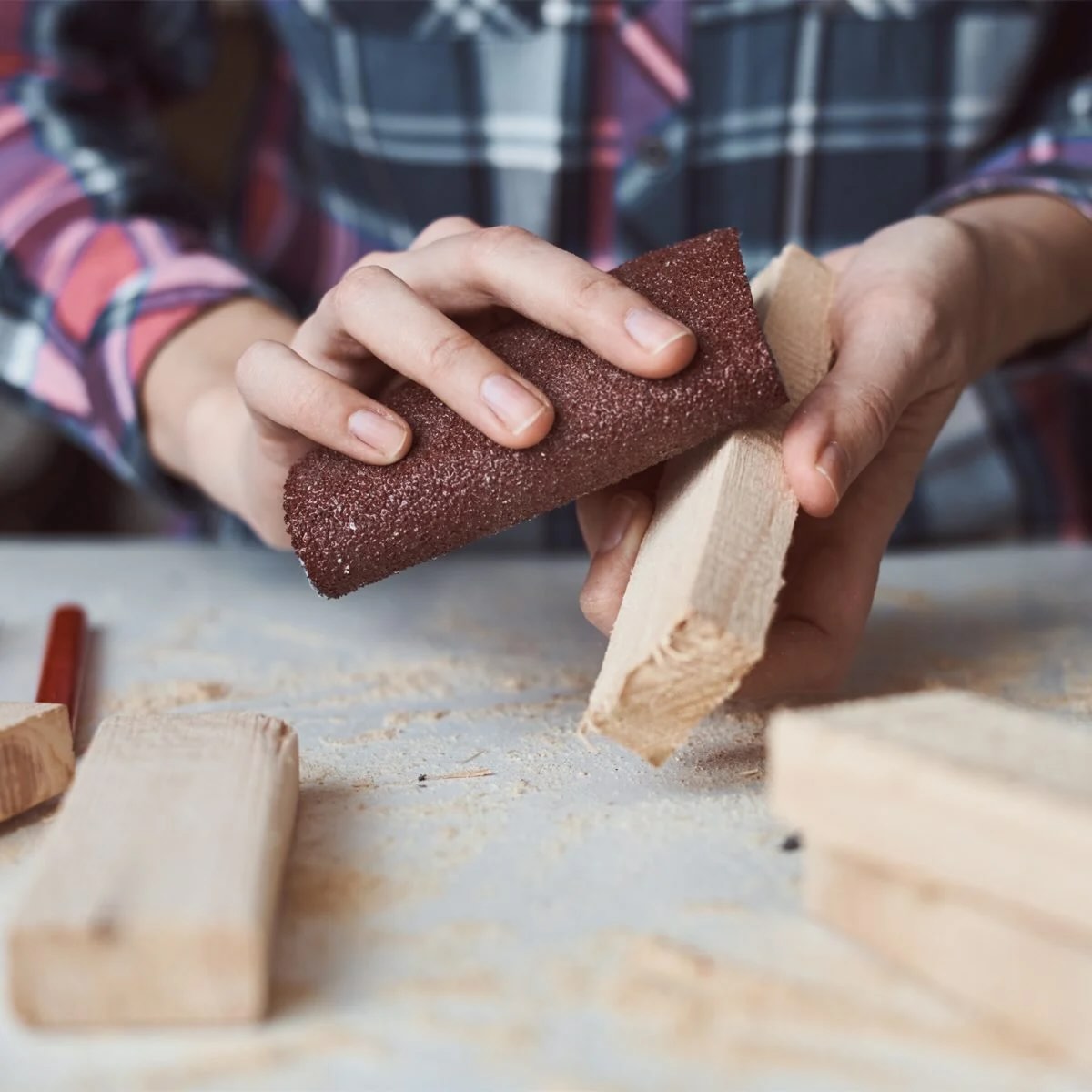
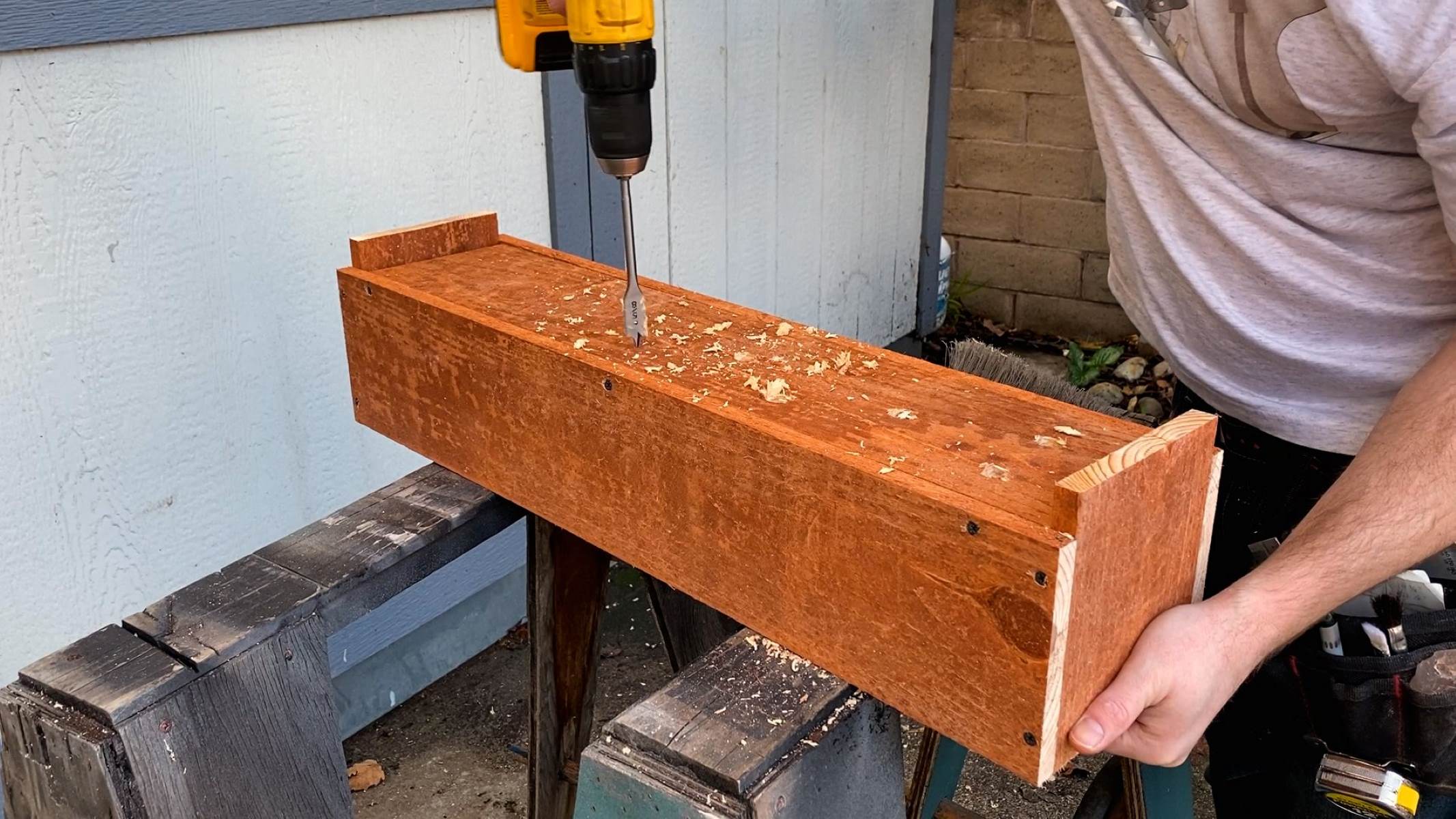


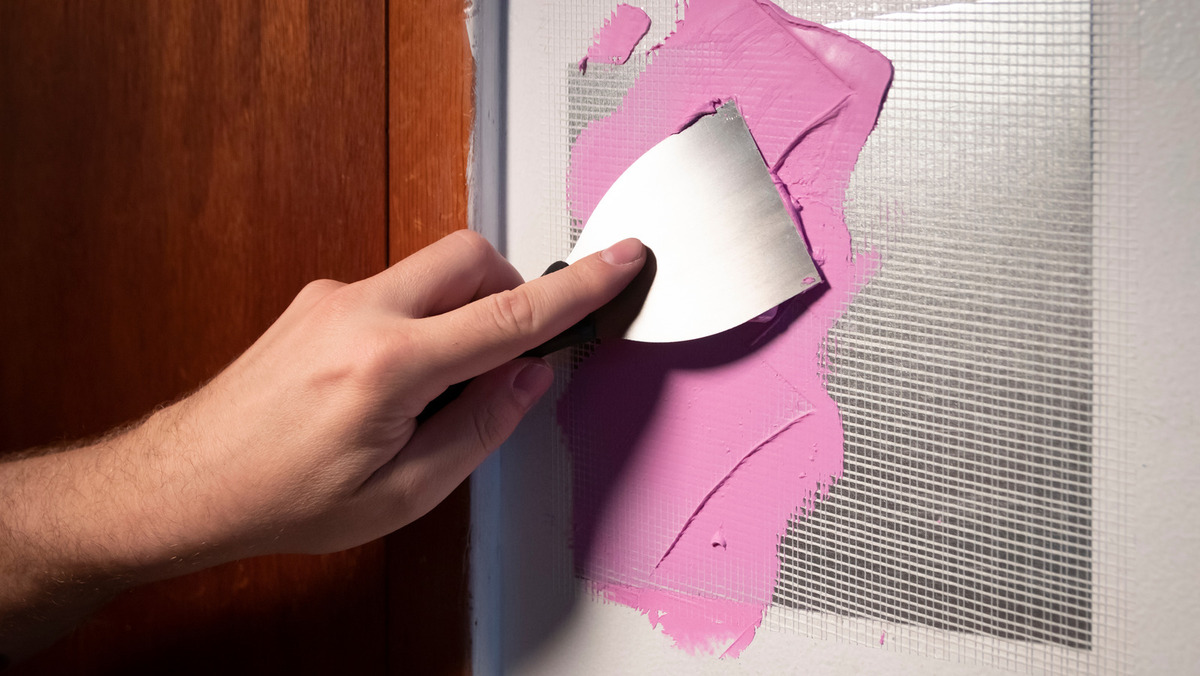
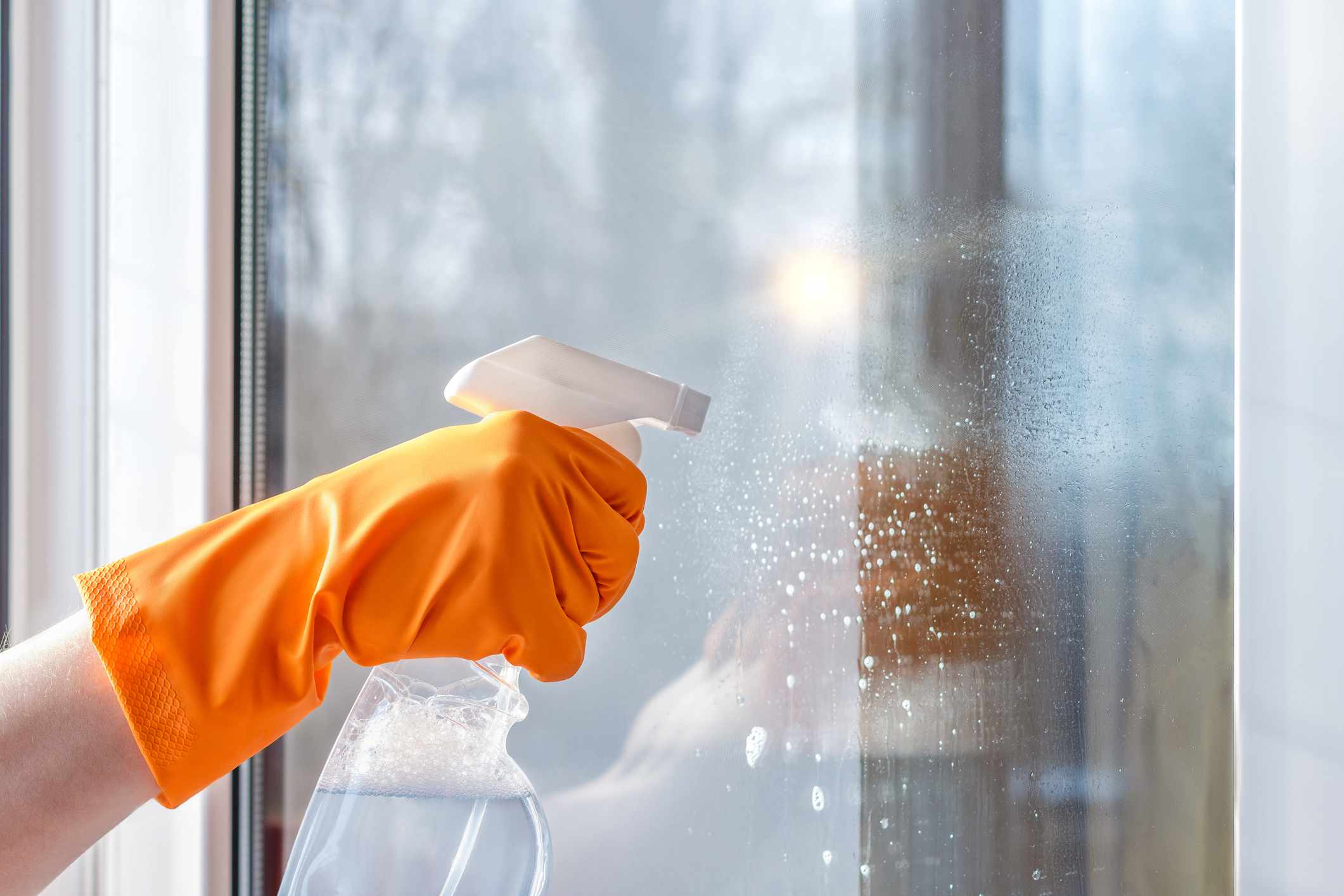
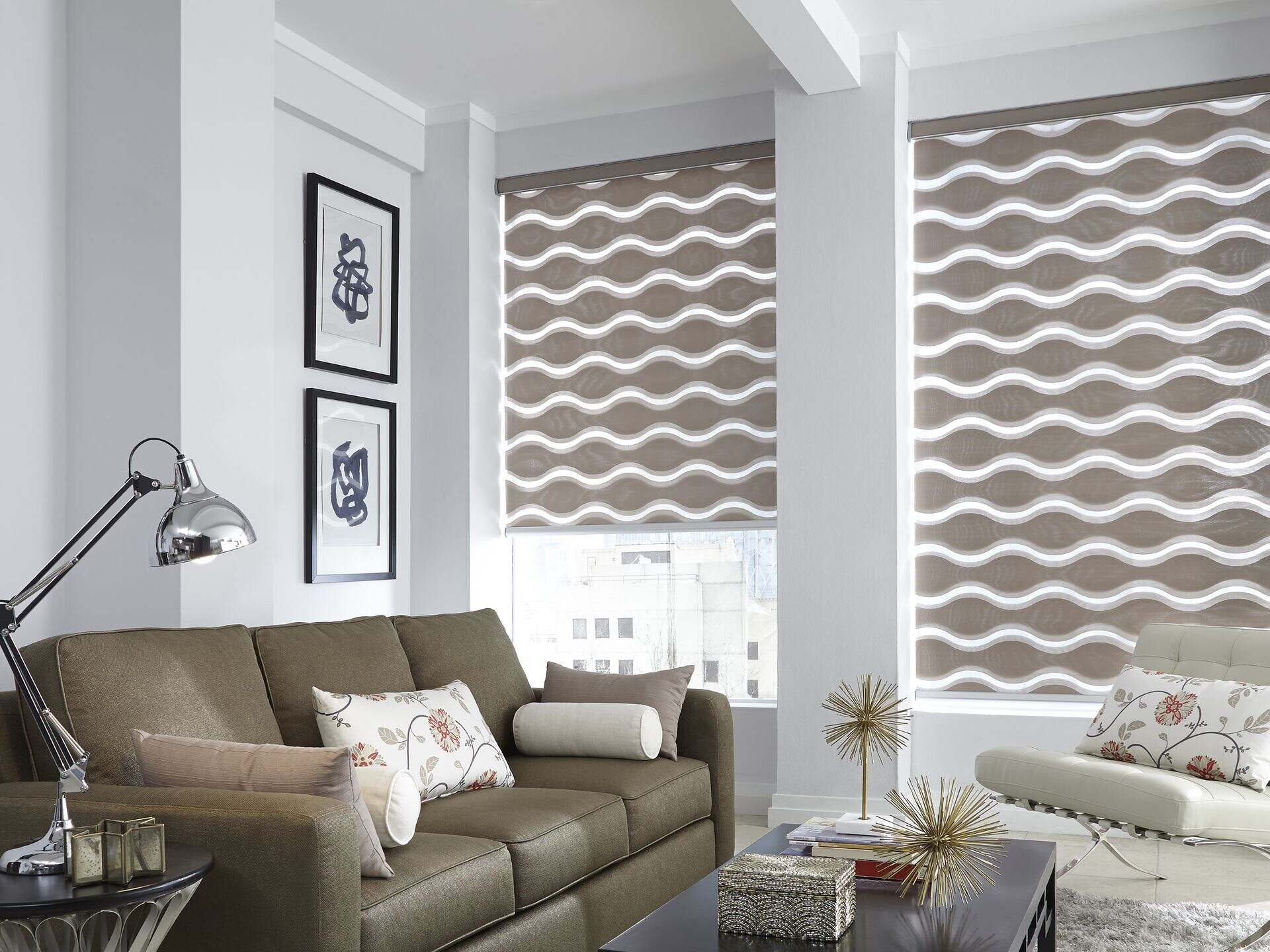

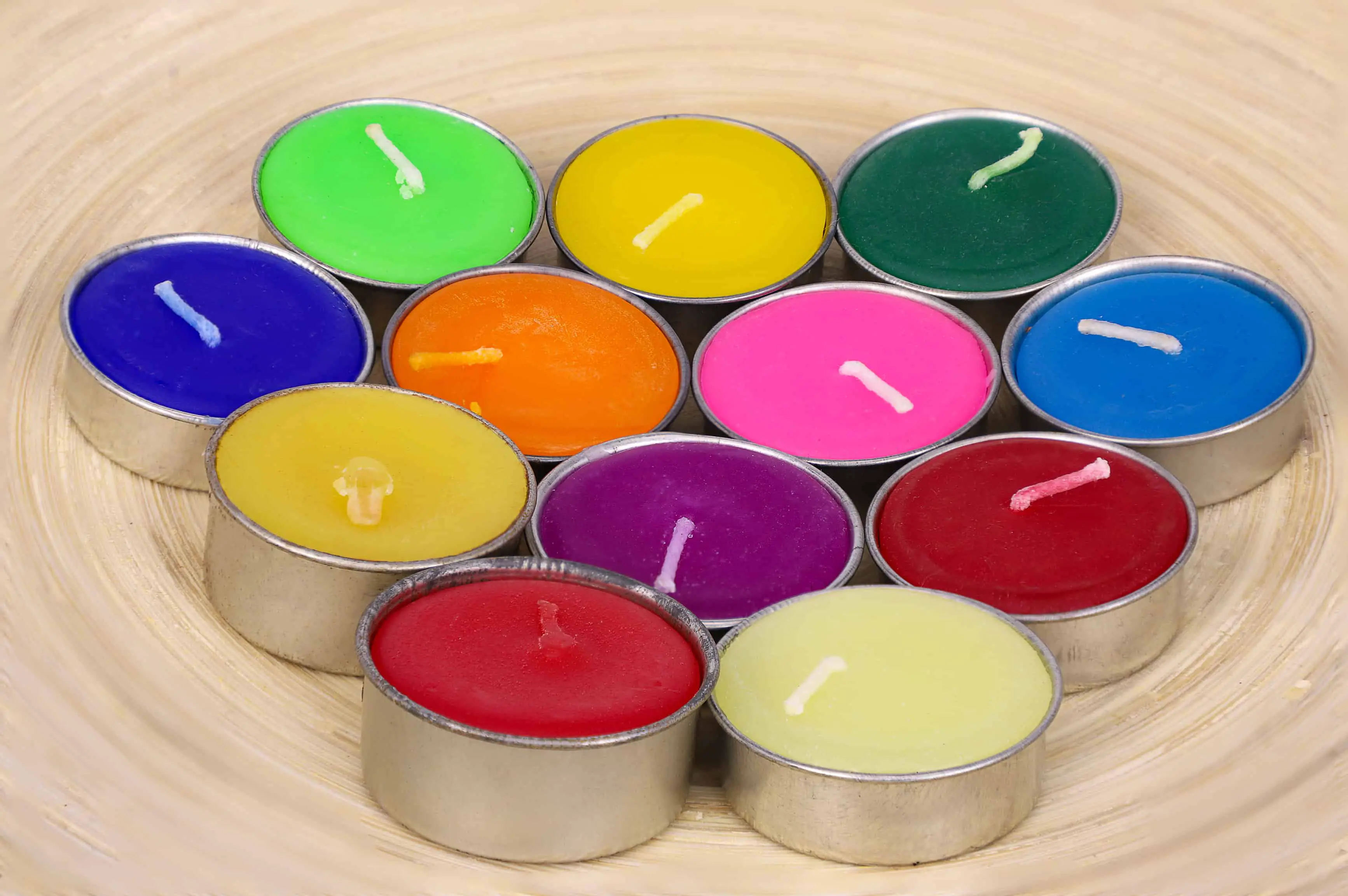

0 thoughts on “What Can I Use To Cut Glass”